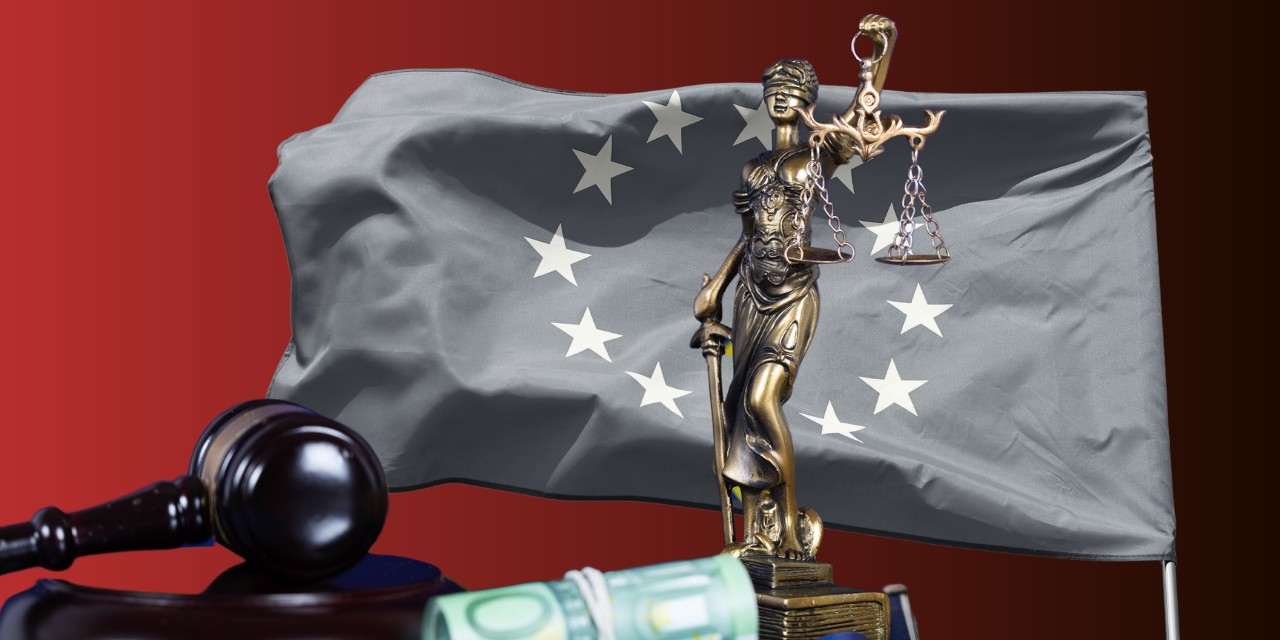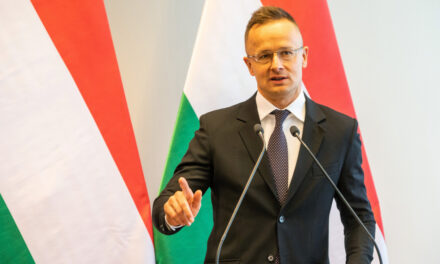Possibilities of budgetary control over the European Union and its institutions and the problem of sharing responsibility in the control system (part 1)
We have already heard a lot about how rigorously and institutionally the European Union controls the efficient, effective and corruption-free use of EU funds. How the governments of individual states manage the collected public funds is also a daily topic. But few have realized that the budget of the European Union itself is based on public money, and we have little information about how and who controls its use and how possible abuses are sanctioned.
The basic task of the European Union is to ensure the transparency of the operation of its own institutions and agencies, as well as their effective financial control.
Regarding the financing of EU institutions, the European Commission has the largest proportion of support. The general budget is divided into ten parts, one for each institution. While the relevant part of the other institutions basically consists of administrative expenses, that of the Commission (section III) consists of the operating expenses of financial measures and programs and the administrative costs covering their implementation (technical assistance, agencies and human resources). In 2022, total administrative expenditure – running the EU bureaucracy – accounted for 6.26% of the total budget of €169.52 billion (this proportion has been roughly unchanged for years).
External and internal aspects of EU-level control
the EU-level of the management of institutions and political groups .
The essence of internal control:
• All institutions are first checked by licensing officials and accountants.
• After that, the institution's internal auditor exercises control.
The role of the European Court of Auditors is at the center of the external audit:
• The external audit is precisely carried out by the national audit institutions and the European Court of Auditors (ECA), which submits a detailed report to the budget authority every year in accordance with Article 287 of the Treaty on the Functioning of the European Union (TFEU).
• This report includes a statement of assurance
"regarding the reliability of the accounts and the legality and regularity of the underlying transactions".
• The Court of Auditors also prepares annual reports on the implementation of the general budget, including the budgets of all institutions and partner bodies.
• Publishes separate annual reports on EU agencies and bodies.
• Produces separate reports on other specific issues (performance and compliance audits).
• Issue opinions on new or amended laws that have a significant impact on the financial management of EU institutions, etc.
These elements form the framework of control within the European Union, which should in principle be an appropriate and efficient mechanism to filter out financial abuses within individual institutions and agencies.
Budget ratio distribution among EU institutions
Administrative costs accounted for 5.6% of the European Union's in 2013 This amounted to approximately 8.4 billion euros, which is 1.8% higher than the amount of the previous year. Of this amount, 3.3 billion euros were spent by the European Commission, while 3.5 billion belonged to the other EU institutions. Projecting the expenses of joint institutions on the financial period 2014-2020 (multi-year framework), the ratios remain approximately the same. During the seven years, the total administrative costs will amount to 6.6% of the EU budget based on the previous forecast, and of this, 5.18% will be the expenses of the joint institutions.
The inter-institutional distribution of expenses – based on rounded ratios – was 40% for the European Commission and 20% for the European Parliament, compared to only 7% for the Council of the European Union and 15% for the operation of the other EU institutions. A significant cost ratio is represented by the pensions of EU officials with one-sixth (16%) and the costs of European institutional education. (The source of the figures described above: International Training Center for Public Service of the National University of Public Service: The EU's public administration rules. Educational resource, 2013.)
It is an important development that the European Union - especially during the crisis periods of the past fifteen years - has to manage the ever-increasing number of institutional, agency, etc. task costs, which puts even more emphasis on the effectiveness of financial control. This does not change the fact that the proportional distribution of common institutional costs has remained largely unchanged over the years and that the Commission bears the relative majority of such expenditure.
To be continued!












